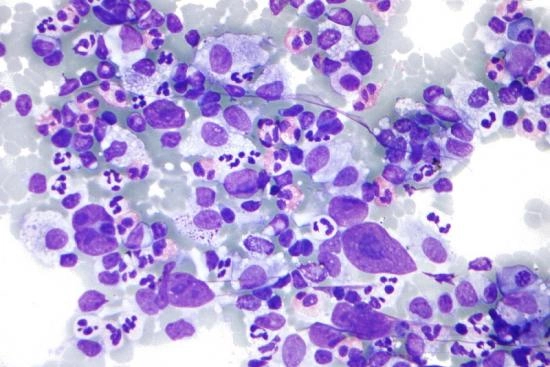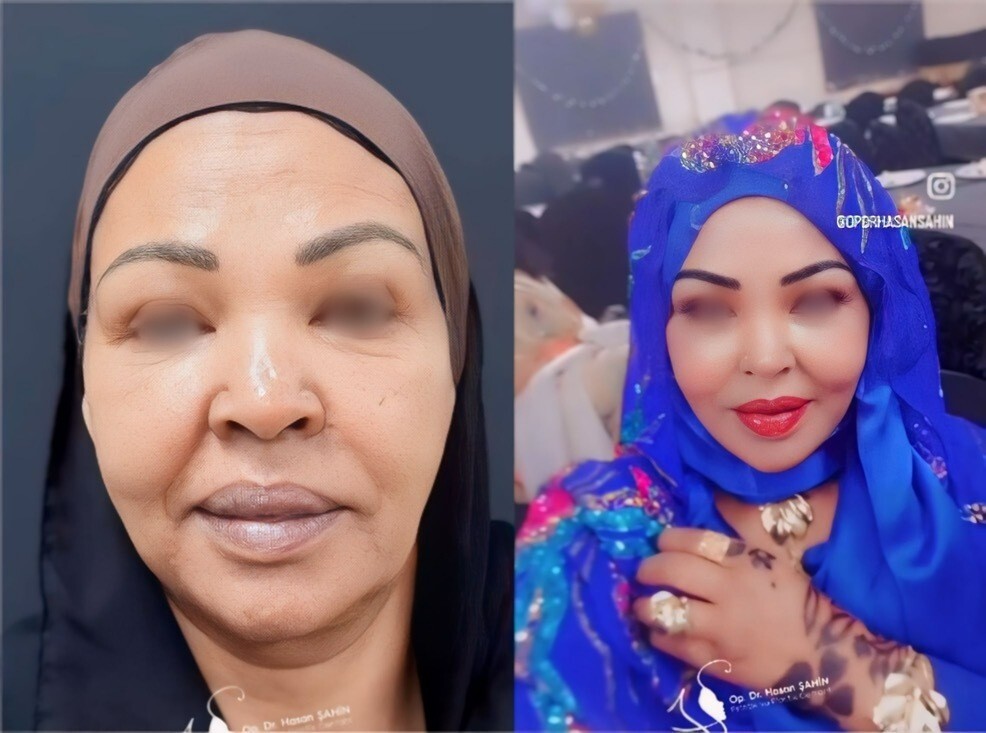Have you noticed painless swelling in your neck, armpits, or groin? Could persistent fatigue, night sweats, or unexplained weight loss indicate something more serious? These may be early signs of Hodgkin's lymphoma, a rare cancer of the lymphatic system that requires timely diagnosis and treatment.
With Hodgkin's lymphoma treatment in Turkey through Turquie Santé, you gain access to leading specialists and advanced clinics offering personalized oncology treatment. Our team ensures a smooth patient journey, from lymphoma diagnosis and care to tailored therapies that maximize outcomes.
Quality care at competitive prices
When it comes to something as sensitive as lymphoma diagnosis and care, choosing the right partner makes all the difference. Turquie Santé is more than a medical facilitator; it's a dedicated ally throughout your entire journey.
What sets Turquie Santé apart:
- Access to top oncology centers in Turkey, equipped with the latest medical technologies.
- Certified oncologists and hematologists specialized in Hodgkin's lymphoma and other hematological cancers.
- Personalized guidance from the very first consultation to follow-up after treatment.
- Language support and dedicated coordinators to simplify every step, from medical reports to hospital logistics.
- Cost transparency, with treatment plans adapted to both medical needs and patient budgets.
By choosing Turquie Santé, patients don't just access world-class healthcare; they gain a trusted partner who ensures comfort, safety, and peace of mind during a challenging time.








